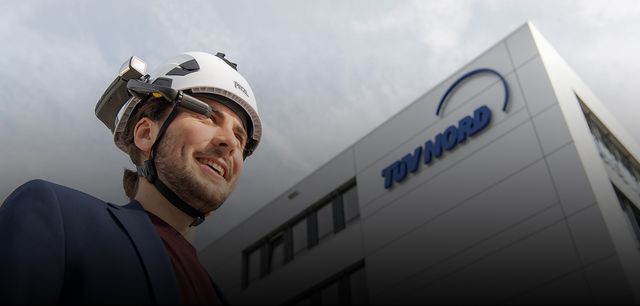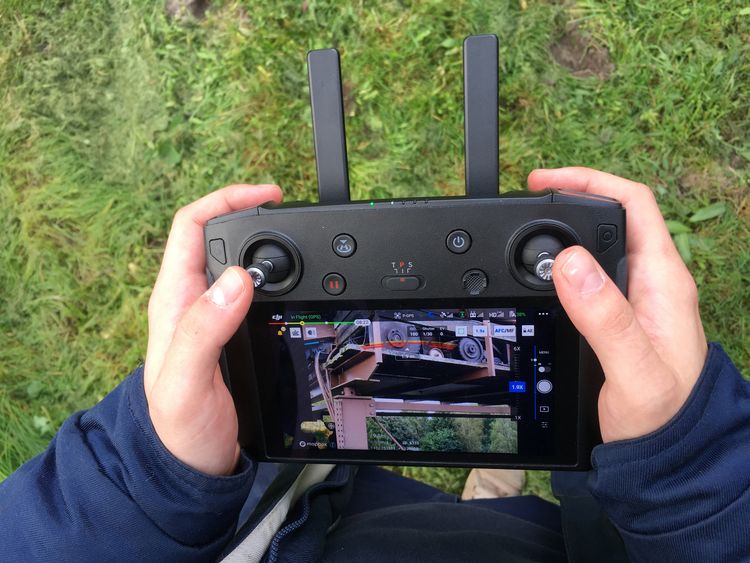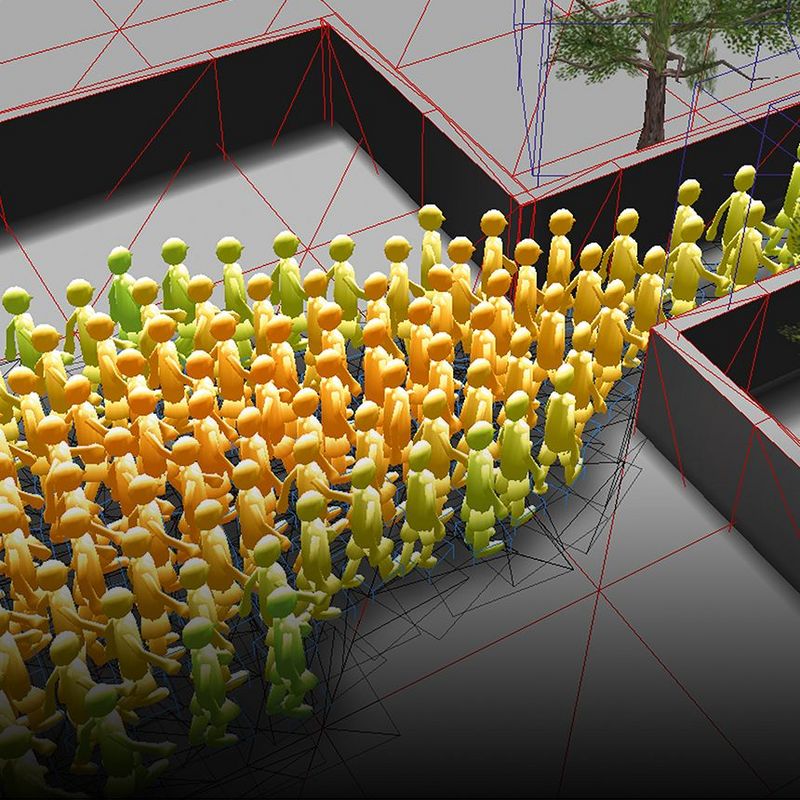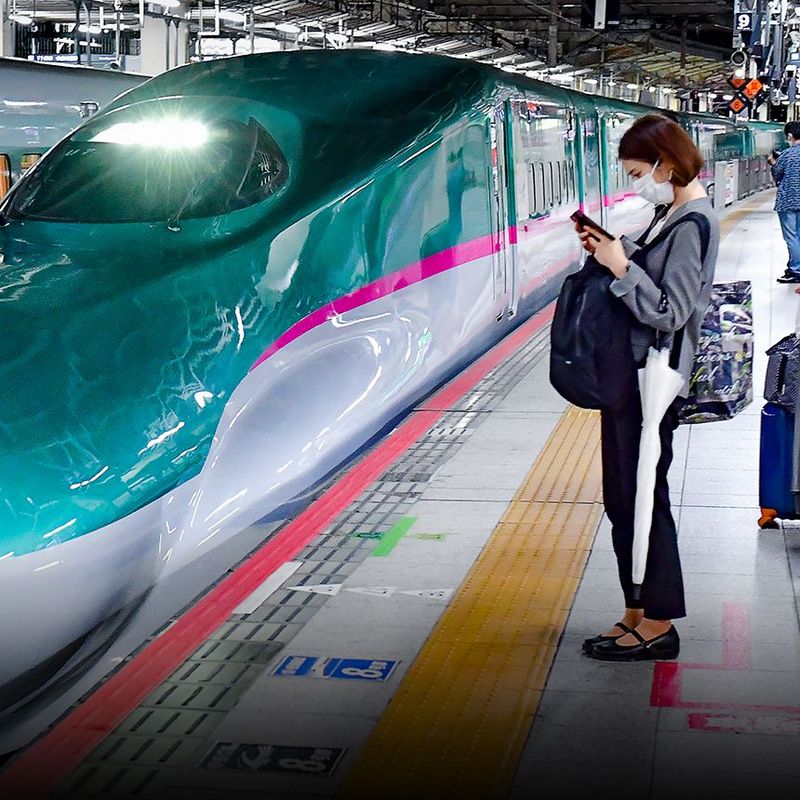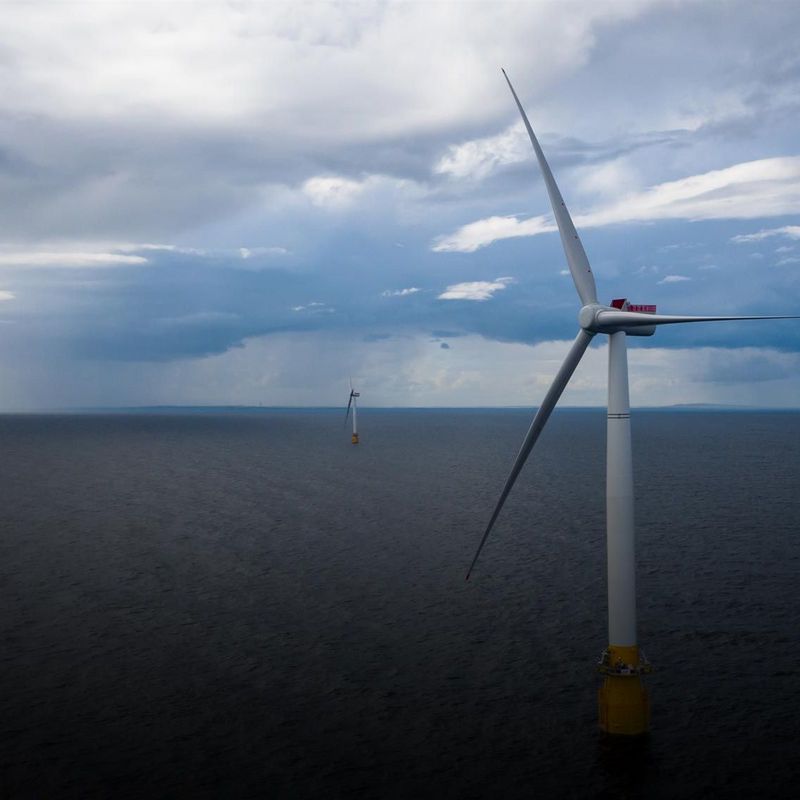17 February 2022
Drones are increasingly finding favour with professionals: filmmakers, photographers and archaeologists are enlisting the support of flying eyes in their work. And drones could also open up new perspectives in testing. TÜV NORD is using an innovation programme to find out where these or other remote inspection technologies might meaningfully be used in the future.
If you ask Steffen Schröder about a drone during a team meeting, he will disappear from the picture in his headset, only to reappear a moment later with various models held up for the camera: drones with a fourfold zoom, a sixfold zoom or a thermal imaging camera. The drone park of TÜV NORD’s Industrial Services business unit features small versions for training and bigger ones for deployment in inspections. The flying eyes weigh between 249 grammes and 7 kilogrammes and can be borrowed by employees for their assignments. “We’re looking at every aspect of our inspection services while always asking the same question, which is how can we give our colleagues on the ground the best possible support,” says Innovation Manager Steffen Schröder. “Using drones is adding all sorts of perspectives to our inspection work which would otherwise only be achievable with the extra labour and expense of using scaffolds or climbers,” says Sören Schwartz from the Flying Buildings division in Essen.
© TÜV NORDDrone flights also help survey large, inaccessible roof areas.
Viewing roller coasters from above
In this way, roller coasters can be inspected from the air. Or wind turbines. Without making industrial climbers scale dizzying heights. Ten pilots have already been trained in the industrial business unit and they will not be the last.
Controlling a drone isn’t rocket science, but you do have to put in a bit of work. Where am I allowed to fly? What do I have to consider when it comes to safeguarding privacy rights? “What really matters is to keep away from uninvolved bystanders, built-up areas, traffic routes and no-fly zones. Here it’s all about being well prepared in advance, knowing the local conditions, and getting in touch with the local aviation authorities if exceptional clearance is required for a flight,” says Steffen Schröder. The weather also plays a major role. Light wind isn’t an issue for today’s drones, the innovation manager explains. “However, raindrops on a camera lens can very quickly make it impossible to recognise details.”
The ideas and applications for drone use are coming from the staff themselves, Schröder relates. Drones have already been tested in the inspection of lightning protection installations, on large areas of roof which would be difficult for engineers to access, for instance.
© TÜV NORDRemote control of a drone.
Support from the other side of the world
However, remote inspection isn’t only about scaling new heights, but also dealing with long distances: arranging things so that experts don’t have to fly half-way around the world every time, thereby cutting out a lot of CO2. “I can barely imagine that we will achieve our sustainability goals without remote inspection,” says Carsten Becker, Head of Innovation in the Industrial Services business unit at TÜV NORD. The basic principle is always the same: someone on site takes a second colleague with them via video and audio. Whether it be with smart glasses, a smartphone or using a browser, absolutely anyone can take part. A variety of video sources can be integrated, including, for instance, the video signal of a digital camera or a microscope with video output. Schröder describes the principle thus: “These people go to the plant equipped with smart glasses or a smart phone and are guided by an office-based expert.” One example of a remote inspection service offered by TÜV NORD is production site monitoring as part of product testing. The live image and files, such as recorded images, are always transmitted with end-to-end encryption. This ensures that industrial spies can’t get their hands on company secrets along the digital communication chain.
© TÜV NORDDrone inspection at a wind turbine.
Inspections on a smartphone
If the expertise is in Germany or the Netherlands, for instance, but the production site is in Korea, India, China or Turkey, remote operations save time and money. And the machines and plant being inspected can be returned to use more quickly. In many places, clients also want to see what’s happening. They can join in with remote inspections from their offices or with their smartphones and be present live as the inspection takes place.
The industrial division of TÜV NORD is currently reviewing over 40 application cases for remote inspection which have been developed in workshops. The most promising of these should have been identified by the end of 2022. When it comes to the use of drones, Steffen Schröder believes that leisure parks are leading candidates alongside chimneys and wind turbines.
